Employment Injury Assistance delivery - next steps: consultation - easy read
This consultation provides an overview of the benefits that make up the Industrial Injuries Scheme and the unique complexities and challenges of transfer to the Scottish Government, and seeks views on the next steps for delivering Employment Injury Assistance.
Section 1 – The Industrial Injuries Scheme
Background
IIS was introduced in 1948 to support people who became disabled or developed a disease because of their work.
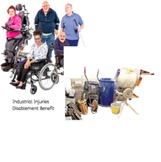
The scheme hasn’t changed much since it was introduced.

The scheme has 7 benefits. The benefits which make up the scheme are listed below.
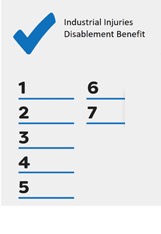
Open to new applications
Industrial Injuries Disablement Benefit (IIDB)
Constant Attendance Allowance
Exceptionally Severe
Disablement Allowance
Reduced Earnings Allowance
Retirement Allowance

Closed to new applications but some people still receive payment
Un-employability Supplement
Industrial Death Benefit

There are less than 1,000 new applications in Scotland per year. This number has been decreasing since 2002.

Industrial Injuries Disablement Benefit
The main benefit in the Industrial Injuries Scheme is Industrial Injuries Disablement Benefit.
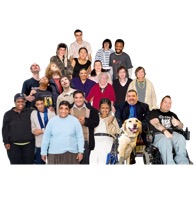
Around 21,000 people receive Industrial Injuries Disablement Benefit in Scotland.
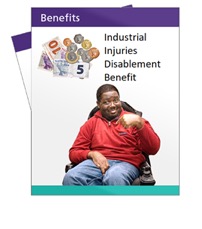
In order to meet the eligibility criteria, someone must either: -
1. have a long-term health condition or disease that is on a list of diseases
2. be disabled as a result of an accident.
The condition or injury must have happened because of your job.
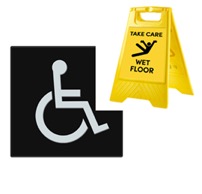
An Industrial Injuries Advisory Council (IIAC) advises the UK Government if new diseases should be added.

Members of the Council include scientific and medical professionals.

IIAC cannot provide advice to the Scottish Government.

Challenges of the current system
There are challenges with replacing IIS. Some of these challenges are set out below.

Gender gap
Men make up the majority of people who receive an IIS benefit.

The conditions list does not include many injuries and diseases which are more common for women.

Adding new diseases to the list takes a long time because of the research and changes to the law that is needed.

Other disparities
People who are black or from an ethnic minority are more at risk from workplace injuries but can face additional barriers in getting benefits.

63% of those who get IIS benefits are over state pension age.

Assessments
To get IIDB, people have to have a medical assessment to decide how much they should get. This is a very medical approach which is different to the approach the Scottish Government have taken for Child Disability Payment and Adult Disability Payment.

Question 1: Do you agree or disagree that the Industrial Injuries Scheme should be reformed? [agree/disagree/don’t know]
Please give reasons for your answer.
Contact
Email: EIAconsultation@gov.scot
There is a problem
Thanks for your feedback